With customers now having access to endless choices, it’s absolutely crucial that sales professionals understand how to keep their customers for the long haul.
According to a customer service report by InMoment, 23% of consumers say they aren’t loyal to specific brands or products — that’s nearly a quarter percent of consumers that could easily walk away from your company without giving it a second thought.
In other words, if you want to keep a customer, you have to give them a reason to stay.
In this post, we’ll cover the top 5 customer retention mistakes to avoid and how to fix them so you can be armed and ready to go.
What’s customer retention?
Simply put, customer retention is the ability to keep your customers for a set time (preferably a long time).
According to the Harvard Business Review, getting a new customer is anywhere from 5 to 25 times more expensive than keeping an existing one. With these drastic numbers in mind, it’s easy to see why businesses are focusing on nurturing their existing relationships.
Companies use various data analysis methods to measure how many customers are in a specific data range (i.e. college-educated women over the age of 25) are leaving in any given month — also called a churn rate.
Benefits of customer retention
Saving tons of money is a great reason to retain a customer, but there are other benefits to look forward to such as:
- Having raving fans spread your name
How many times have you purchased something because a friend or coworker recommended it to you? When your customers love you, they have a better reason to tell their friends about you.
- Getting the opportunity to ask for feedback
When you have long-term clients, you have a special chance to draw from their experiences — and since they’ve used your products or services for so long, their feedback will be invaluable.
- Getting some grace when you make a mistake
Customers typically aren’t happy when their purchase or customer experience doesn’t run smoothly, but loyal customers are more likely to forgive a mistake here or there due to brand loyalty. (Don’t take advantage of this of course.)
- Building relationships
Hitting sales goals can feel strenuous, but solid customer relationships make the experience more enjoyable for everyone involved. Another perk is building potential partnerships — you never know when a customer relationship can blossom into something more.
- Being able to try new things
When you have long-term customers, you have more wiggle room to try new things like marketing campaigns, products, IT services, and features — and since you’re marketing to loyal customers, they won’t be annoyed by it.
5 common customer retention mistakes to avoid (and how to fix them)
As we covered earlier, if you know what common customer retention mistakes to avoid and how to fix them, you can revolutionize the entire sales process from start to finish.
Here are the top five common retention mistakes:
- Not having an easy way for customers to contact you (and not responding appropriately)
- Not knowing your customer
- Not tailoring your content to your customer
- Not prioritizing customer engagement
- Not offering a free trial
In the next section, we’ll explore each of these a bit further.


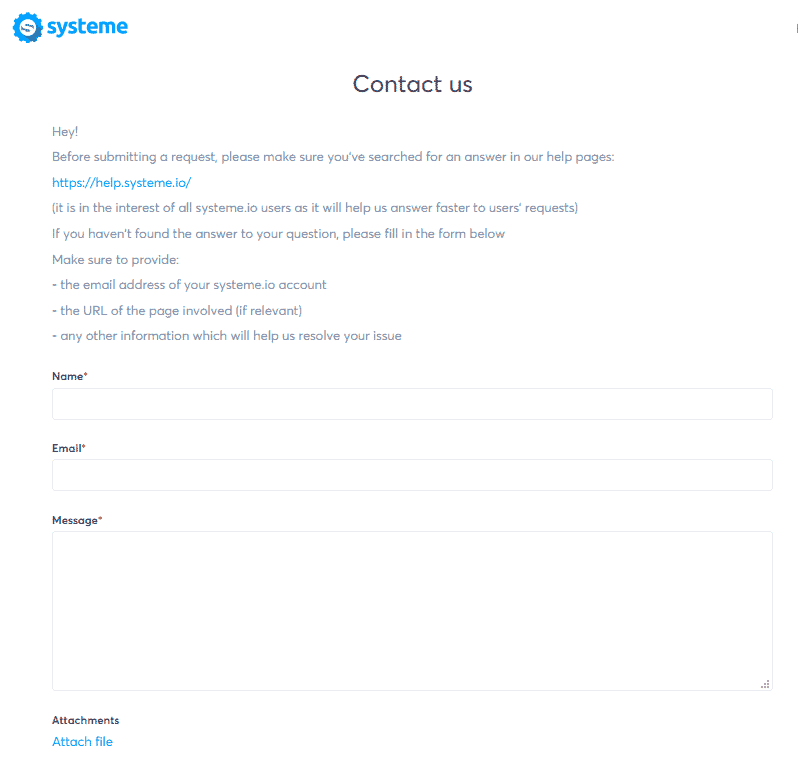
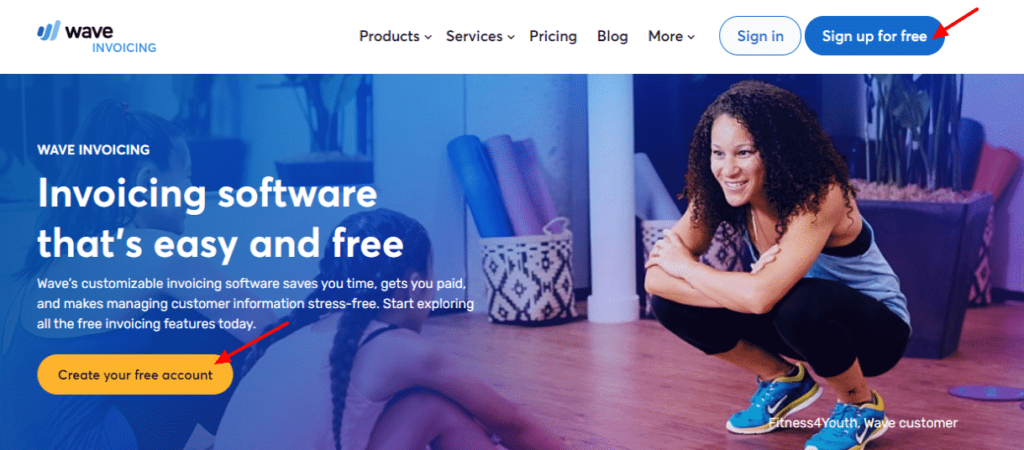
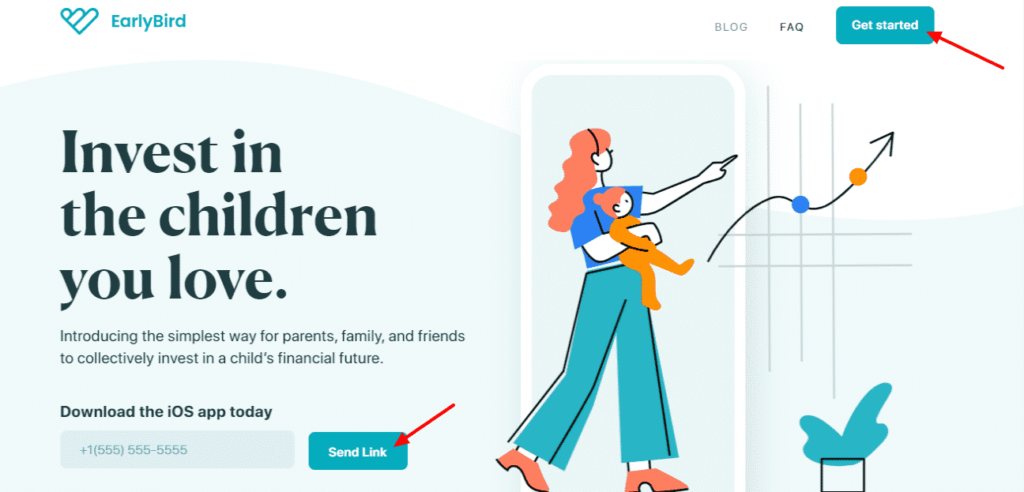
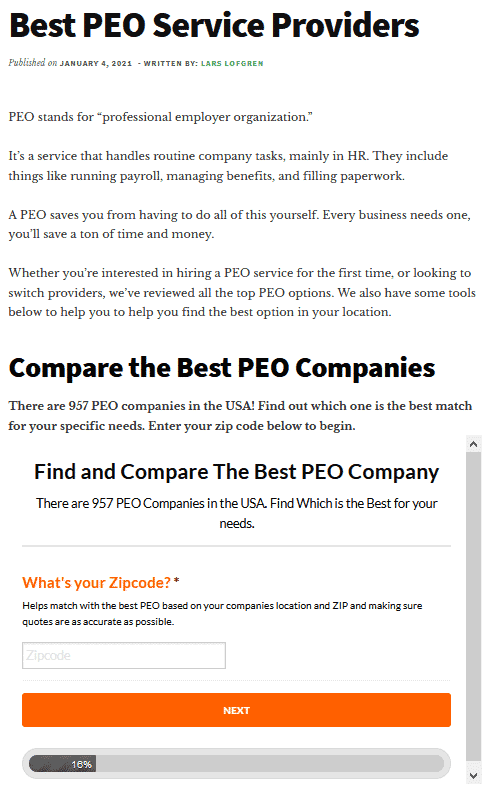

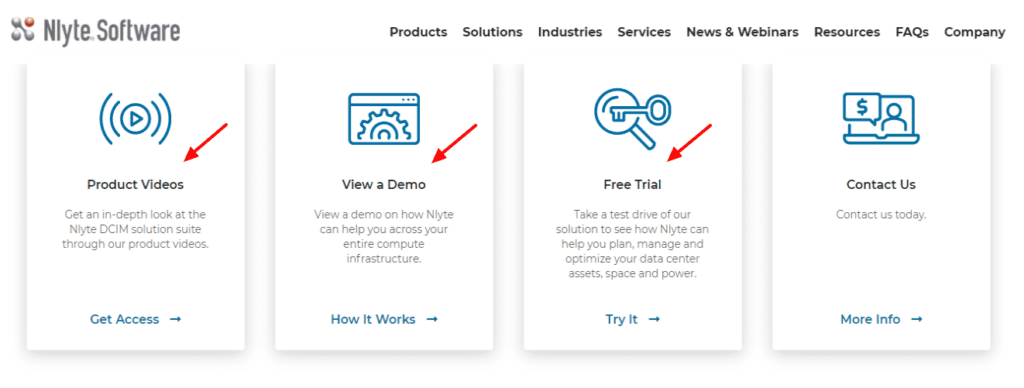
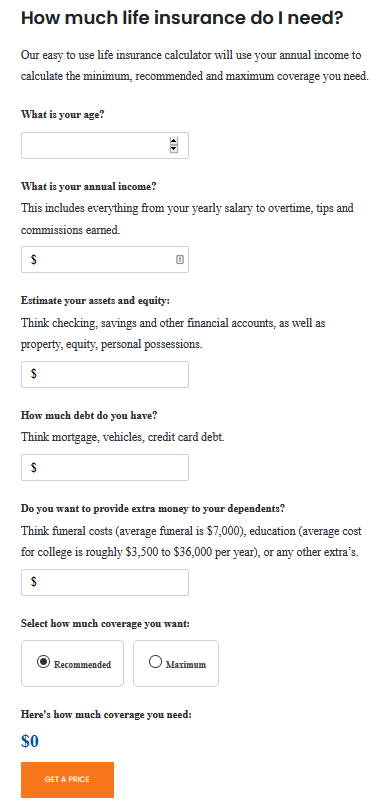
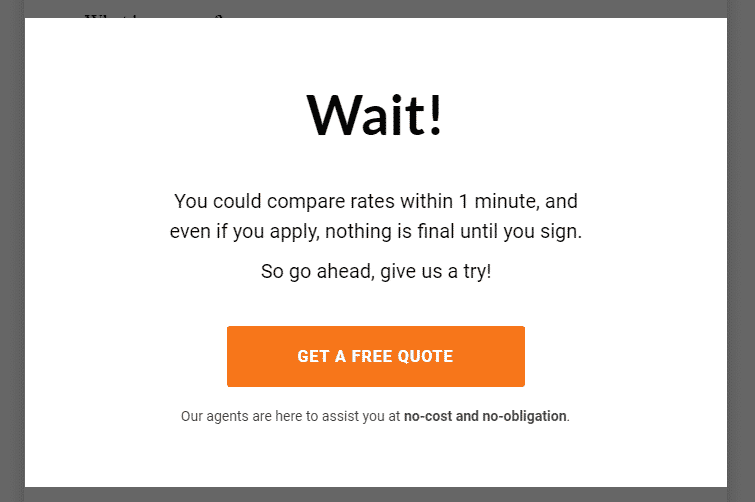
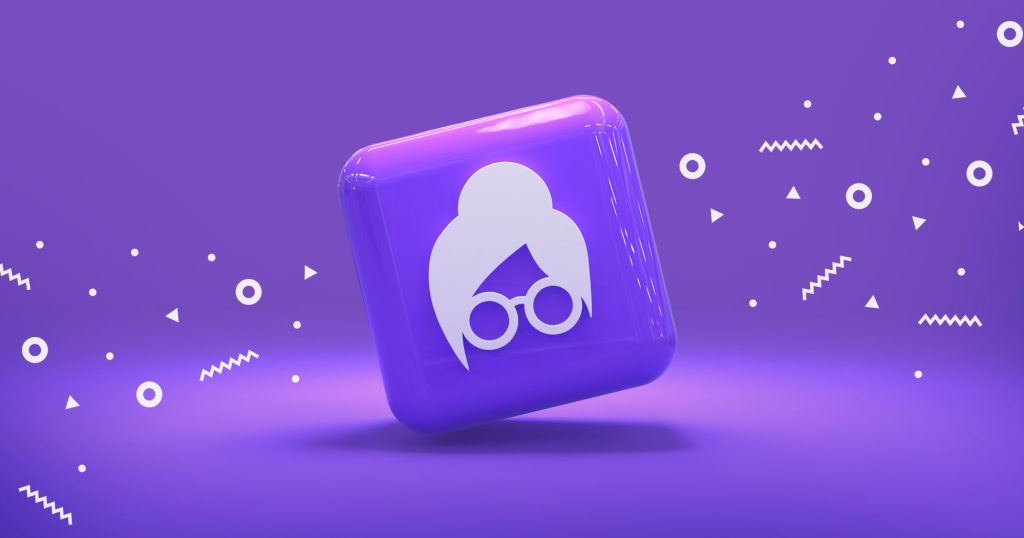

![New in 2025: Reply.io Teams Up with Persana AI [+Live Webinar] New in 2025: Reply.io Teams Up with Persana AI [+Live Webinar]](https://reply.io/wp-content/uploads/persana.io_-1024x538.jpg)
